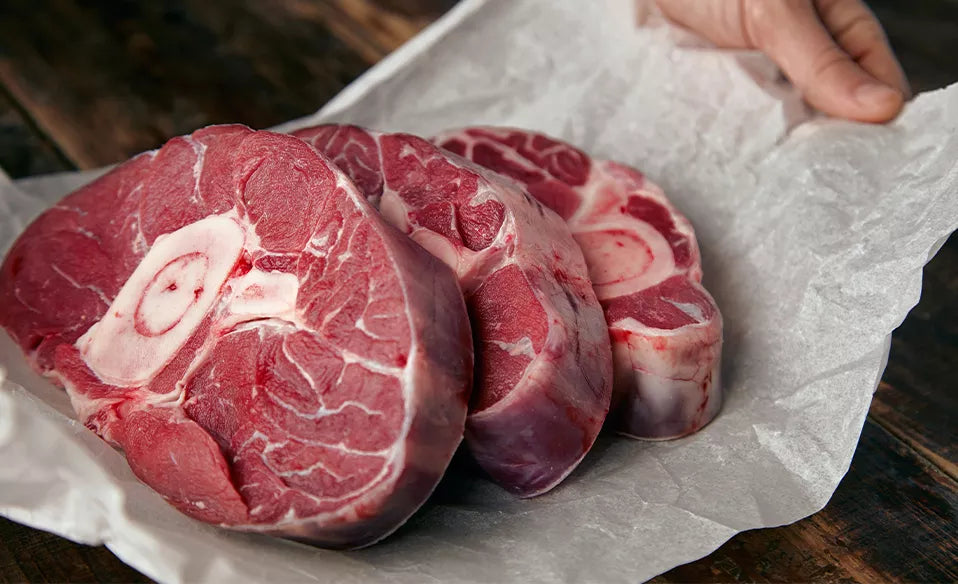What Constitutes Bad Meat?
As connoisseurs of fine meat, we know what qualities to look for to bring you the best. As well as serving the best cuts, we also have a keen eye for meat that was raised right and raised as advertised.
From your grass-fed beef to your cuts of New Zealand Lamb, we take every precaution to ensure that we are staying true to our ethos. We only serve premium quality, sourced from reputable markets and we strive to be the best supplier of red meat in Oman.

